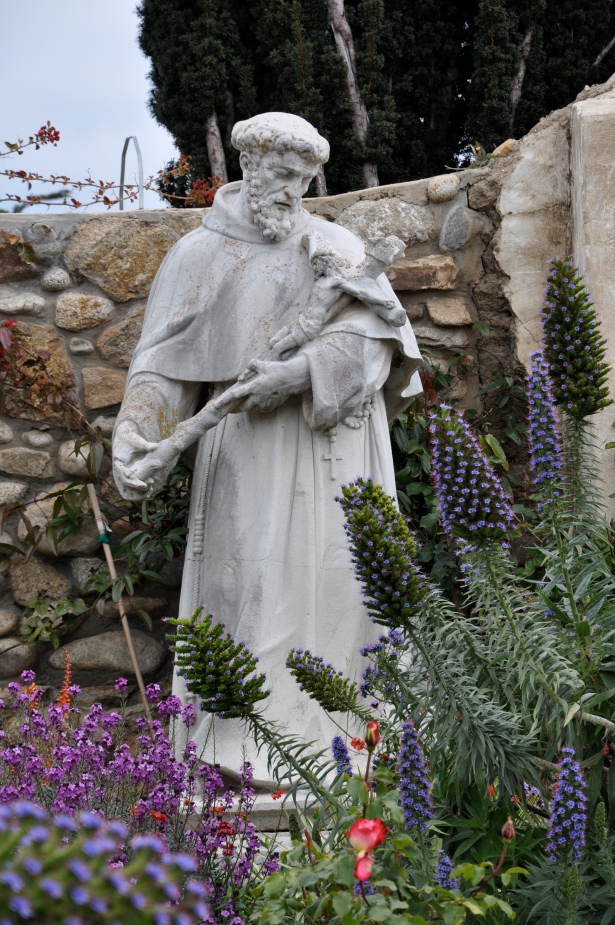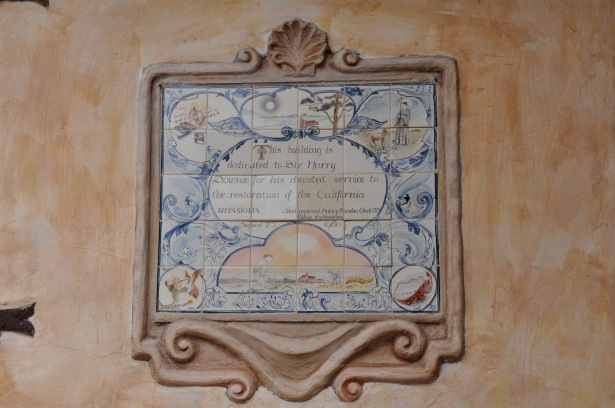
My husband and I celebrated our 17th wedding anniversary at Auberge du Soleil in Napa. (Yes, I was a child bride. Ha! ;)) On Saturday, we wandered around their sculpture garden after our al fresco breakfast. They have 120 original pieces of sculpture, each one denoted with a metal cutout number. We decided to choose our two favorite pieces. We didn’t tell each other which our favorite ones were until we saw them all. It was a fun exploration to see if we had similar taste. In the end, we chose different pieces, but we also liked each other’s choices.
After lunch, we visited some art galleries. By great luck, we came across Ma(i)sonry, unbeknownst to us the partners of Auberge du Soleil sculpture garden. We learned more about the artists, and one in particular whom I was captivated by. It turns out it is Lucia Eames, the daughter of Charles Eames and step-daughter of Ray Eames. They were the very influential architecture and furniture designers of the 20th Century. The Eames Lounge and Ottoman circa 1956 is one of the most recognized pieces in furniture. Also, equally renowned is their case study home in Pacific Palisades – which was built as an experiment to develop new kinds of housing (in collaboration with Arts & Architecture Magazine 1945-49). It is still maintained by the Eames Foundation.
That foundation was set-up by Lucia Eames. She, along with her daughter, Llisa Demetrios, has continued their family legacy of artistic creations. They are both sculptors. Lucia designs for garden and landscape settings. I was drawn to her Film Strip for Cutting Room Floor series because of the symbols – hearts, stars and doves – integrated into the film strip. The juxtaposition of the red color (she also does black film strips) in the garden setting makes the sculptures stand out. It looks a bit awkward, but at the same time enchanting. She also does a series of chairs and tables. I find them just as compelling. It was a treat to see her works in the garden setting and in the galleries, and to learn more about her lineage.


